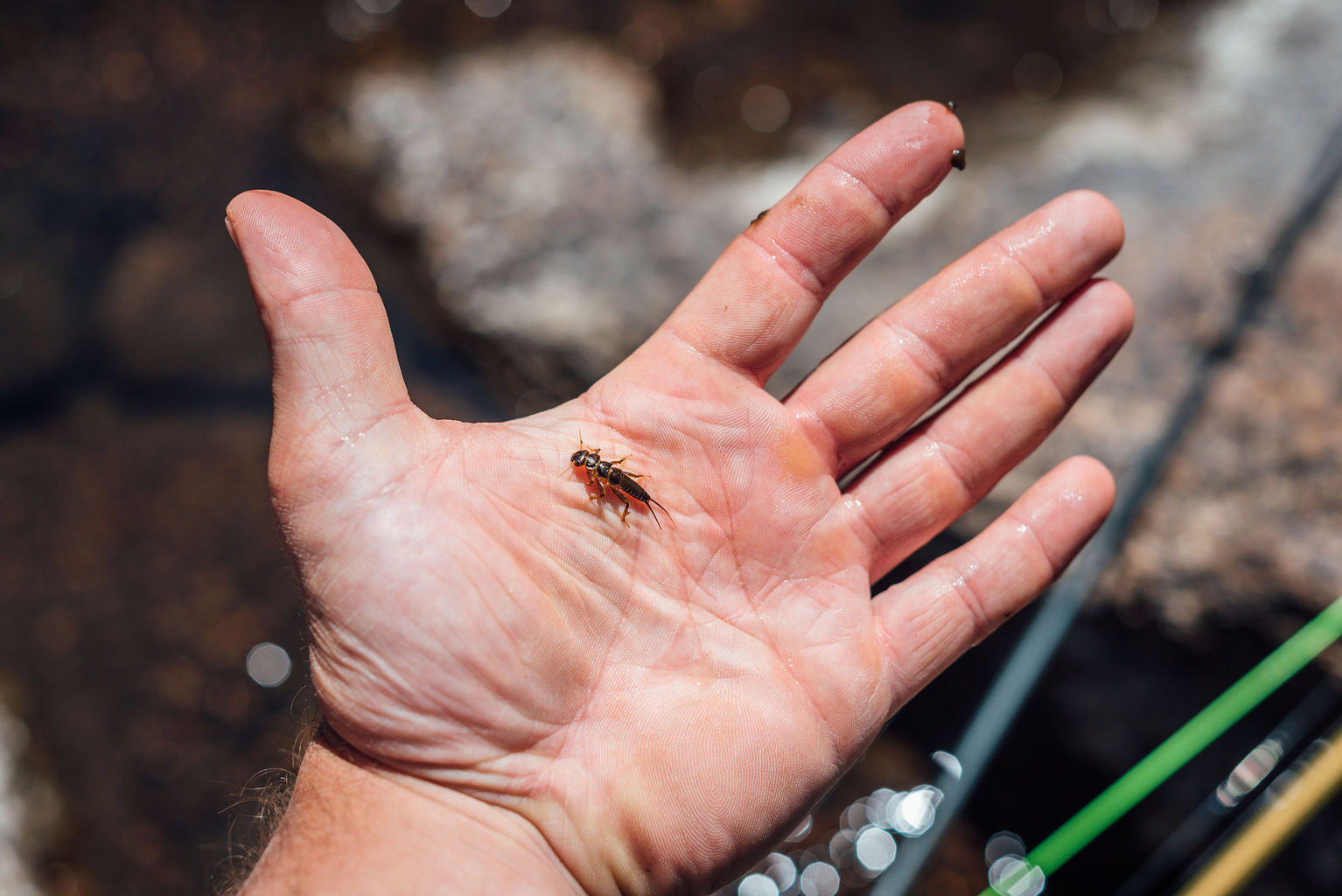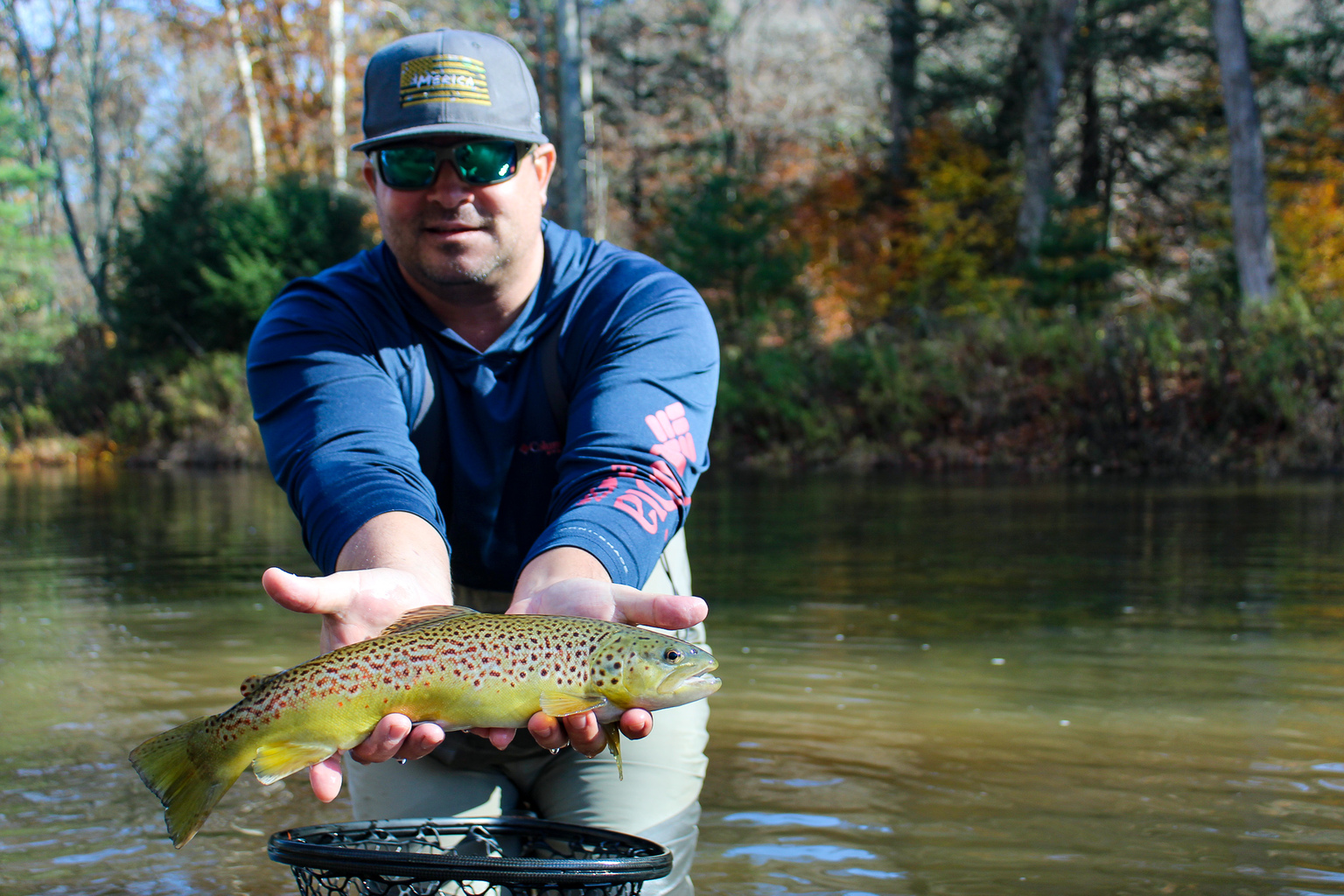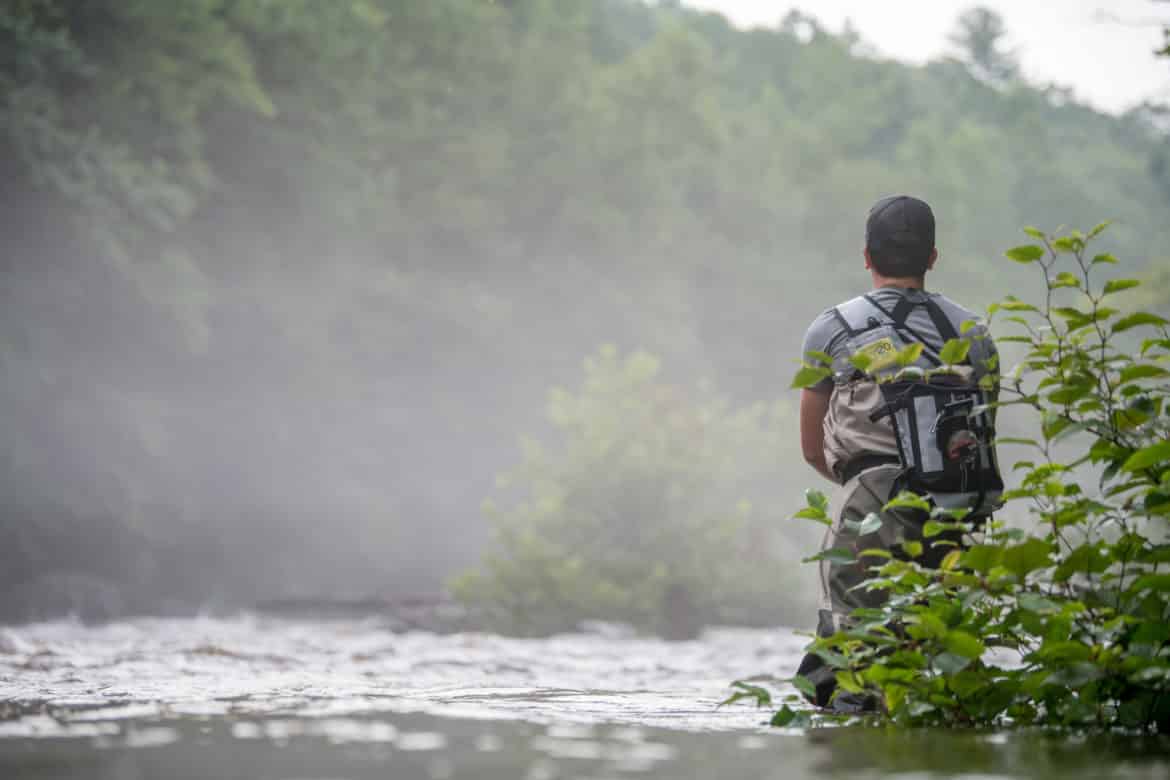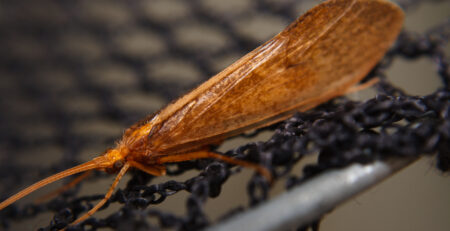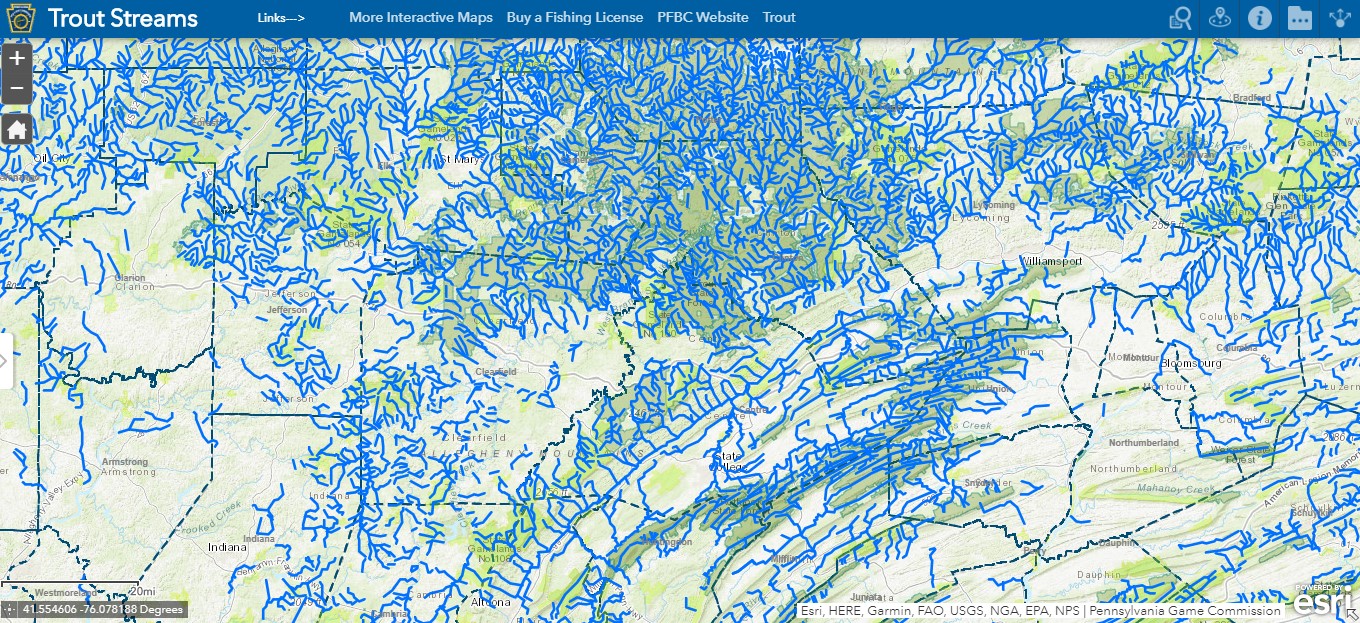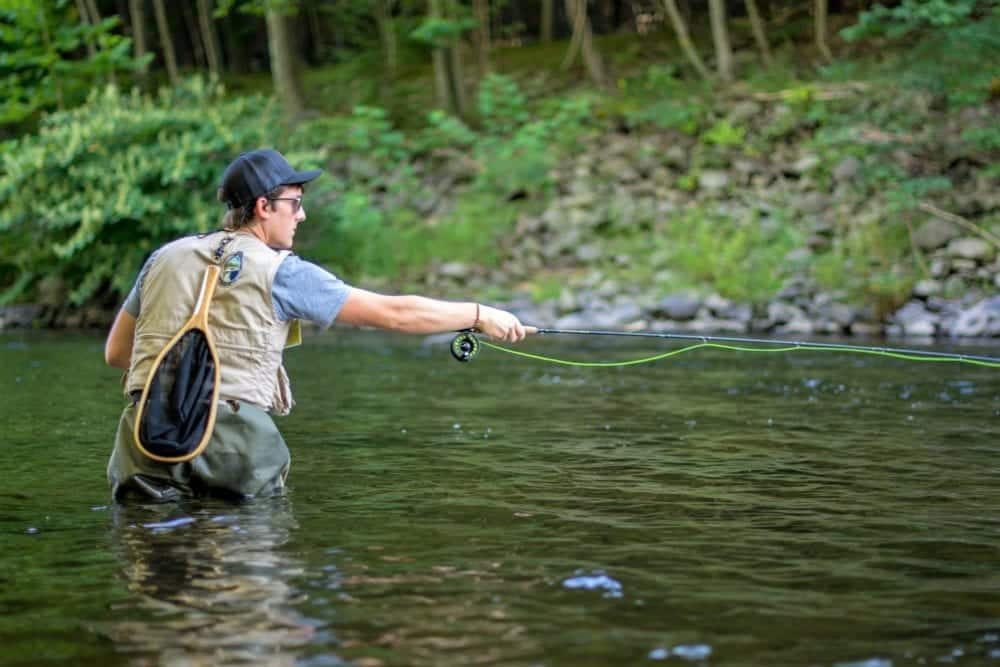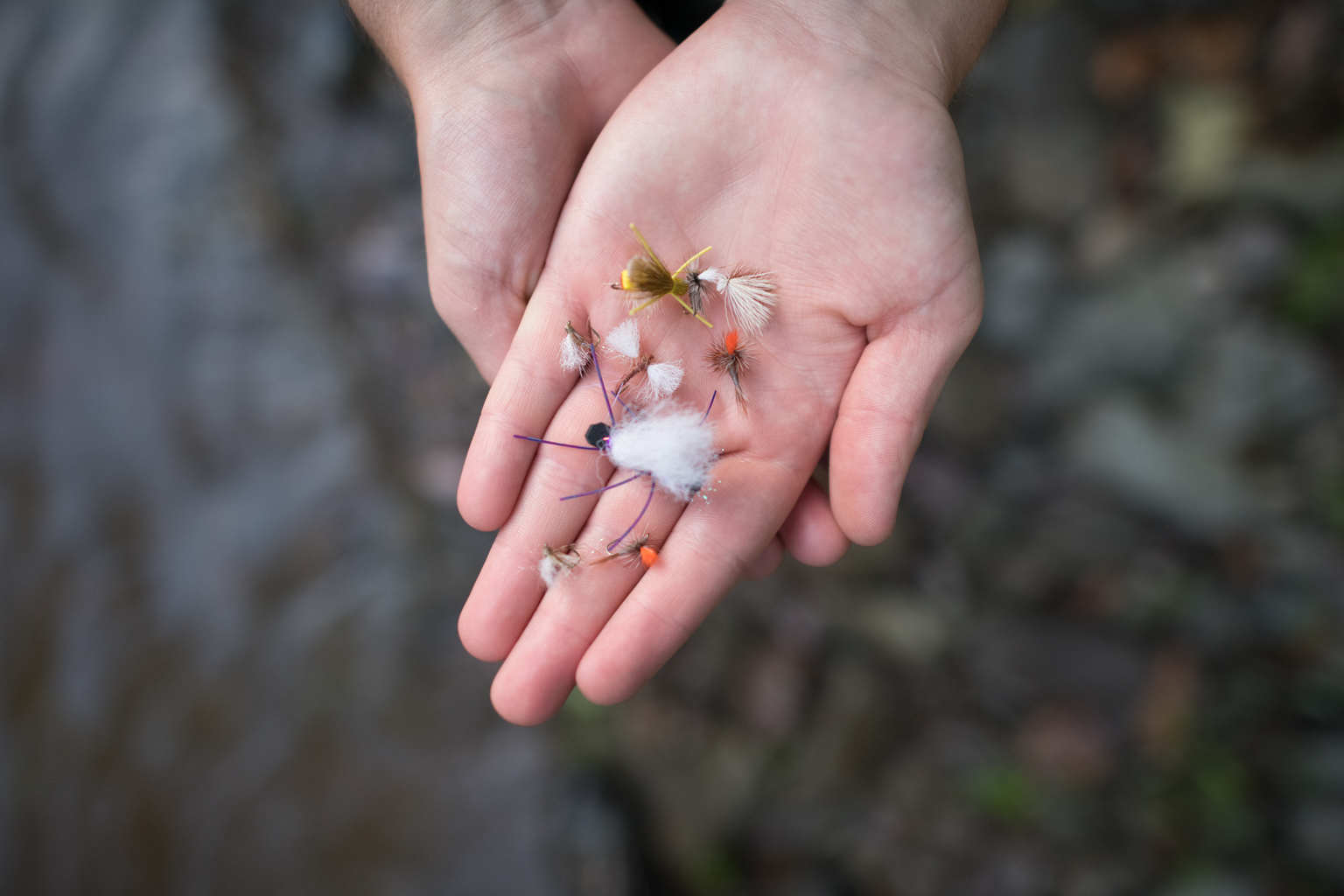Western Fly Fishing Hatches for Trout in the Summer
Once runoff subsides, it’s game on for anglers in the Western U.S. as they flock to their favorite trout waters.
With flows receding and water warming, bugs start popping across the Rockies and trout feed hungrily to take advantage of this brief feeding frenzy. The dry fly action is not to be missed, and being armed with the right patterns is key because even though the fish are opportunistic, they still know what naturals are coming off. Fishing high mountain freestones might not be quite as technical as spring creeks, but matching the hatch will go a long way in turning good days into great ones!
Table Of Contents
- Yellow Sallies
- Red Quills
- Blue-Winged Olives (BWOs)
- Salmonflies
- Caddis Flies
- Pale Morning Duns (PMDs)
- Tricos
- Midges
- Hoppers

Yellow Sallies
A member of the stonefly family, yellow sallies are one of the most reliable hatches in the Rockies. They should be carried in a variety of sizes from #12 to #16 and usually inhabit rocky bottom streams, making them prevalent bugs in high mountain streams.
This is also a great hatch to hit for those who sometimes have a hard time finding the dry fly as it’s drifting along. Brightly colored flies tied on large hooks make it easy to pick up in even the roughest water where trout are going to be looking up for their next meal.

Red Quills
The red quill is one of the most storied hatches across America, and even though this isn’t the old school bug from the Catskills, it certainly holds a place of prominence in the Western states. It’s another extremely reliable hatch for the high mountain freestones, and as such, it should be carried in a few different sizes and colors.
Local waters might hold red quills in shades of rust to light red, and because of that unique coloration, they can be easy to spot and identify. This is helpful for beginner anglers who could confuse lightly colored mayflies with yellow sallies or caddis. A parachute post on the red quill really helps visibility and its ability to float since it’s a fairly thin-bodied fly.

Blue-Winged Olives (BWOs)
Blue-Winged Olives (BWOs) are a small species of mayfly characterized by an olive-colored body. BWOs have noteworthy blue-tinted wings during their dun stages.
BWOs hatch later in the afternoon and into the evening. Freshly hatched mayflies, aka “duns”, commonly hatch earlier in the afternoon before the “spinner fall.” Duns look like little sailboats drifting across the surface allowing their wings to dry before taking flight. The more humid and wet the weather conditions are, the longer duns drift on the surface.
The mayfly “spinner fall” is when egg-laying females return to the water to deposit their eggs by dipping the egg sack on the underside of their tail into the water. Male and female mayflies gather in large swarms above the water flying back and forth in a figure-eight. Eventually, they tire and descend onto the water as what we call, “spinners.”
Blue-Winged Olives are usually found in sizes #18 – #24 and hatch in the vast majority of streams from the Northeast to the Rockies.

Salmonflies
If you’re lucky enough to fish a waterway that has these gigantic bugs, then they need little introduction! The chance to throw gigantic dry flies for large trout isn’t something to be taken lightly, and it isn’t something that happens everywhere.
The sheer size of these bugs makes it possible to throw dry dropper rigs with a stonefly trailing underneath so that every phase of the hatch can be imitated, which is always an added bonus. In terms of timing, this hatch is shorter than the other two, but if you can hit it just right the action can be unbelievable. If throwing dry flies the size of small birds sounds appealing, then this is the hatch for you!

Caddis Flies
Caddis flies are a moth-like insect with tent shaped wings down the back and long antennae out the front. They are a major food source for trout throughout their entire lifecycle and especially during the spring, summer, and fall months.
Caddis fly hatches are most dense during the later parts of the day from late afternoon and into the evening. You will find caddis flies hatching throughout the day in small quantities. This makes a caddis dry fly pattern a great tool to use when prospecting the stream.

Pale Morning Duns (PMDs)
Pale Morning Duns (PMDs) are an important hatch in the mid-west and western states for fly anglers from July into September.
They hatch from the late afternoon into the evenings in most streams. Characterized by a yellowish tint, they can range from a size #14 to #20. We like to use Parachute flies to fish both the “duns” that have just hatched and the “spinners” landing on the water. Plus they offer greater visibility. Arrive at the stream between 3 pm and 4 pm to catch the start of your local PMD hatch.

Tricos
Trico’s are a tiny mayfly species that hatches heavily during the summer and early fall. They emerge over the evening and descend onto the water in the early mornings before noon. This event is called a “spinner fall” – spinners are the final adult stage of a mayfly characterized by clear, translucent wings.
After they molt for the final time, Trico’s take to the air and form large swarms above the stream. Eventually, they fly lower and lower to the surface to deposit their eggs and die.
Arrive at the stream early between 7 am and 8 am to catch the start of your local Trico spinner fall.

Midges
Midges are tiny insects that are in the non-mosquito family. Midges gather in large swarm above the water or streamside. They hatch year-round despite weather conditions and are a primary food source for trout and go through 3 major stages in their lifecycle.
We tend to only fish the pupa and larva stage by using beaded nymphs or non-beaded emerger flies. This becomes more common during the winter season.
Placing small midge nymphs like the Zebra midge or Rainbow Warrior 16 to 20-inches above heavier nymphs is a great way to fish faster moving water. Or, use them within your dry-dropper rigs. Dropping a small size #18 – #22 midge emerger or nymph 12 to 30-inches below a dry fly is a great way to target slower moving pools. Trying using an adjustable dry dropper rig. Use floatant often to keep your fly above the surface and in your line of sight.

Hoppers
Crickets and grasshoppers are a popular way to prospect big stretches of water out west. Trout will feed on hoppers opportunistically as it is entirely dependent on insects falling into the water from above, which happens sporadically without warning. They are also the perfect flies for using dry-dropper setups and really working a large area of water quickly.
With the summer heat and very little rain, the streams are extremely low. This pushes trout to find cover and safety in deep pools and undercut banks along the sides. You still will find trout in skinny water at the front and tail end of pools. These trout will likely be the more active feeders in the section and more likely to take a chance on your hopper fly.
As soon as the morning dew is up the grasshoppers start to come out.
Enjoying the warm summer sun beneath snow-capped peaks while flipping dries to hungry trout is the stuff of daydreams. Both the bugs and trout take advantage of this short growing season, so it only makes sense that anglers should, too! This isn’t the classic ‘match the hatch” that comes with Eastern limestoners or Montana spring creeks, but getting the right imitations can transform your fishing experience. Few bugs are as reliable and widespread as the yellow sallies, red quills, and salmonflies, which makes them must-haves for those venturing into the Rockies this season!
Fly Fishing Made Easy 👍
Our Quarterly Fly Club ships 1,000’s of flies to anglers all across the United States. Receive curated fly assortments selected for the season with in-depth articles on how to fish them. Great for beginners to learn and for intermediates to discover new flies.

